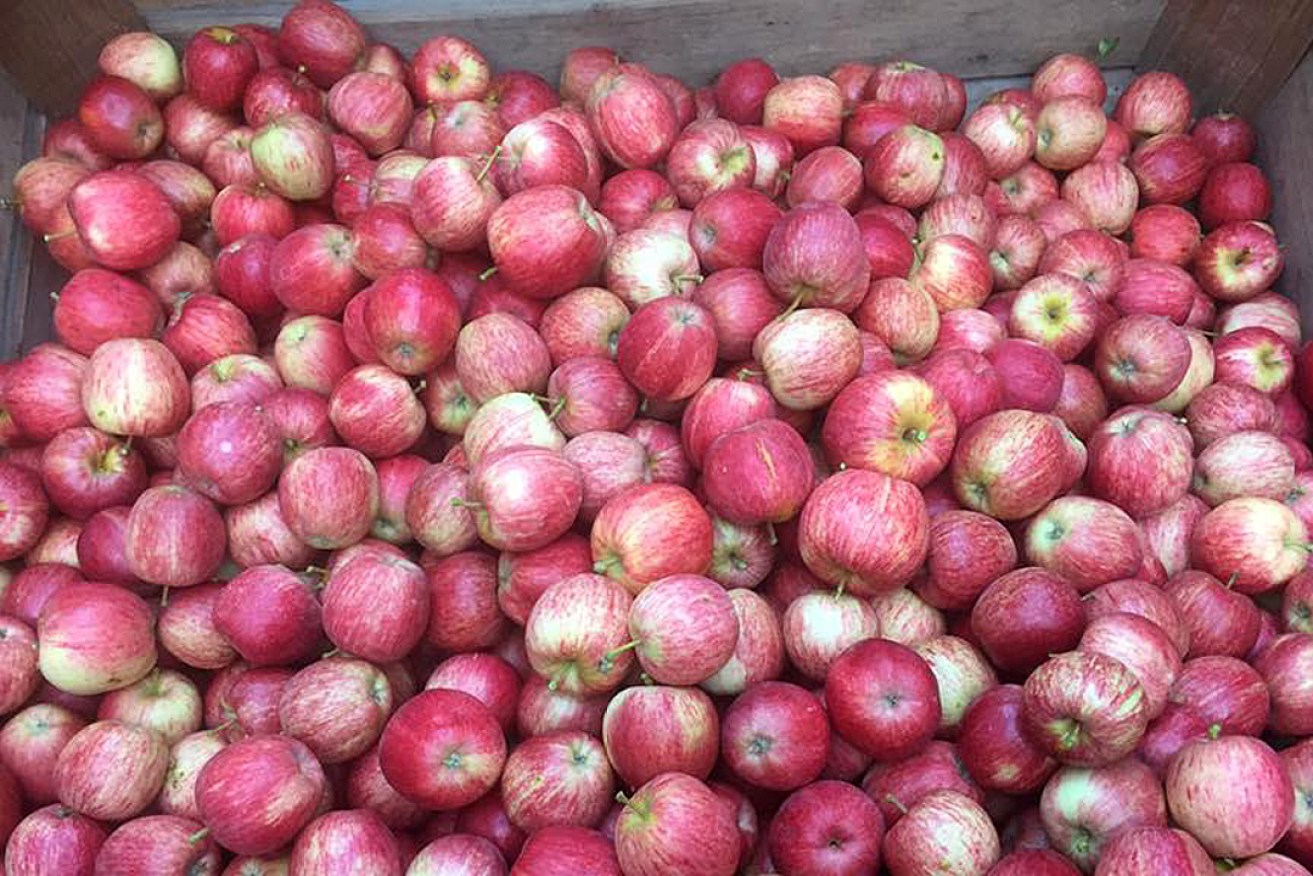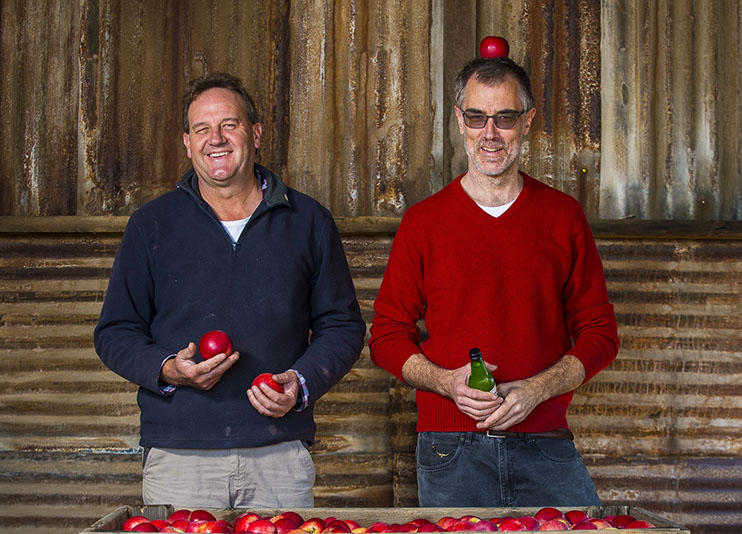Real cider from a real cider-maker
Whitey’s smitten with a post-Christmas bottle-fermented fizz made from ancient breeds of cider apples at Lenswood.


Fresh cider apples. Photo: Lobo social media
Pet nat, eh?
When the French insisted through international trade law that Australia cease using terms like “methode Champenoise” and our marketers decided to call fizz made after the recipe of the sparkling winemakers of the Champagne region “methode traditionelle”, most people seemed happy to keep calling the stuff “champers” or “fizz” and got on with drinking it.
When makers of the new fashion pre-industrial unfined and unfiltered styles of wine began to copy the recipe the French name “petillant naturelle”, they called it “pet nat” from the start. What they meant was “bottle-fermented”, with naturally-formed CO2 bubbles trapped in the bottle, like Cooper’s Ale. Cloudy, not often fine.
Perhaps our most accomplished cider-maker, Warwick Billings, sent me a bottle of his new Bodicea cider, appropriately made in a champagne-style bottle with a crown seal.
“Sparkling cider in bottles pre-dated champagne,” he says in a note, “this is one more sweet pet nat in the current talk, but without some of the distractions.”

Lenswood apple grower Michael Stafford with cider-maker Warwick Billings. Photo: supplied
Lobo Bodicea Cider ($15 750ml; 6% alcohol; crown seal) is what Warwick calls “a little less feisty than anticipated”, reflecting on how infernally tricky it is hoping the yeast and sugar you leave working together in your sealed bottle produce a product that doesn’t explode but stays politely fizzy.
The damn thing smells disarmingly of, you guessed it, apples. Live, bright, fresh apples of the ancient traditional cider types which all but vanished as everybody hit the drive-in fridge and slurped up the sweet low-IQ stuff made from excess Granny Smiths and the other two or three droll types you get in the supermarket.
Warwick has worked long and hard with grower Michael Stafford to cultivate some of the ancient varieties long used in the cider groves of old England: the result gives a healthy gingery top edge to the bouquet; the lower tones are autumnal and mature. I recall apples Mum and Nan preserved in the Fowlers Vacola that smelled like this, back in the Gippsland mountains in the ’50s. At least the sacks of them stored in our old wood grange smelled like this, as did a jar of them opened after about six months’ maturation. I want to pour fresh Jersey cream on it.
The flavours are more modest than that character-filled aroma. More refined and tight. The sweetness has been well-managed to balance and fill the palate without overwhelming, so the cider finishes real neat and tidy and even dry-ish. And those bubbles are more lazy and caressing than feisty.
“Following on from Christmas drinking,” Warwick says of his homeland, “there is a solid tradition of post-Christmas wassailing in England, where the cider-makers and cider-lovers gather to celebrate and encourage a good harvest in the coming year: some cider-soaked toast in the branches of the trees, a bit of shotgun action to scare the bad spirits away, and some poetry and song.”
This is a real good drink, “bottled without sulphites, or anything else”. Yum.
drinkster.blogspot.com




